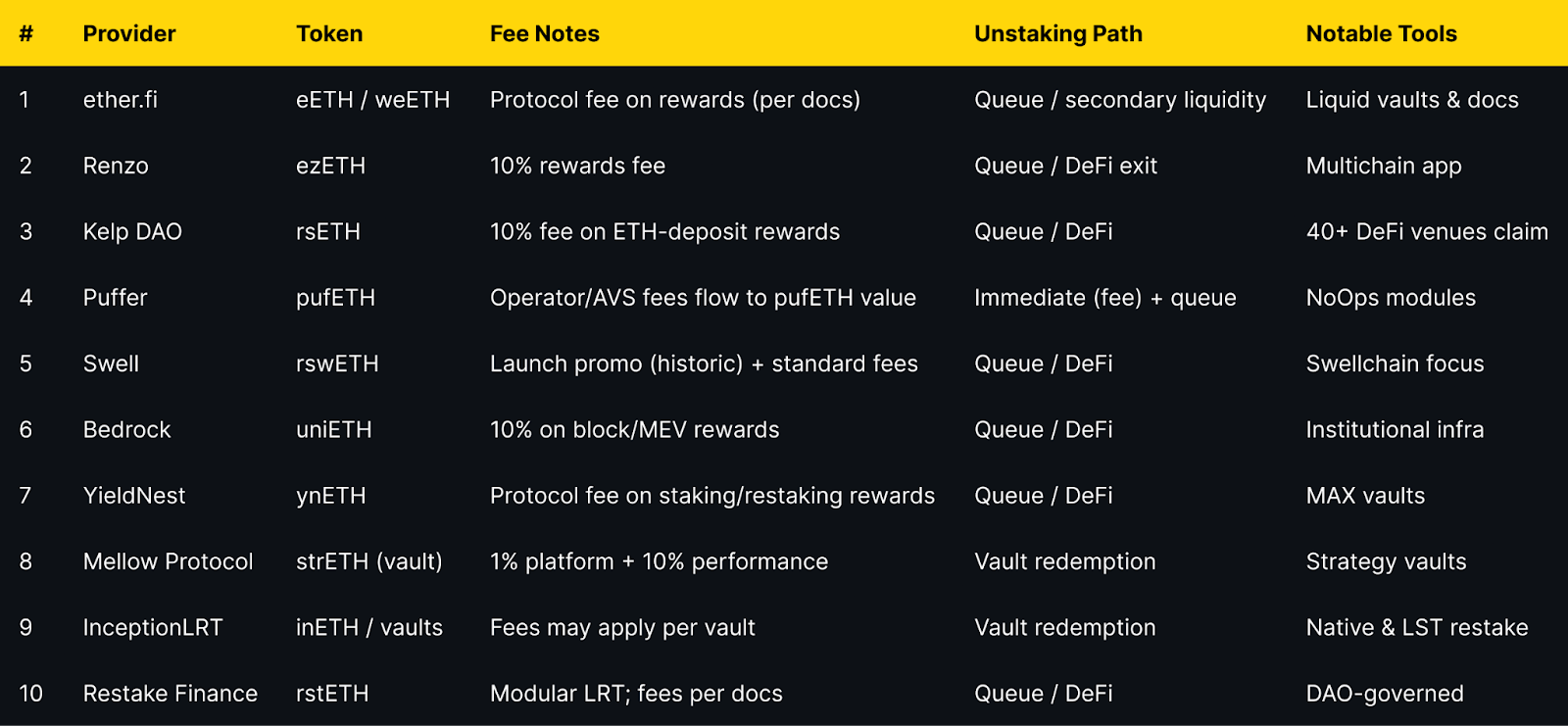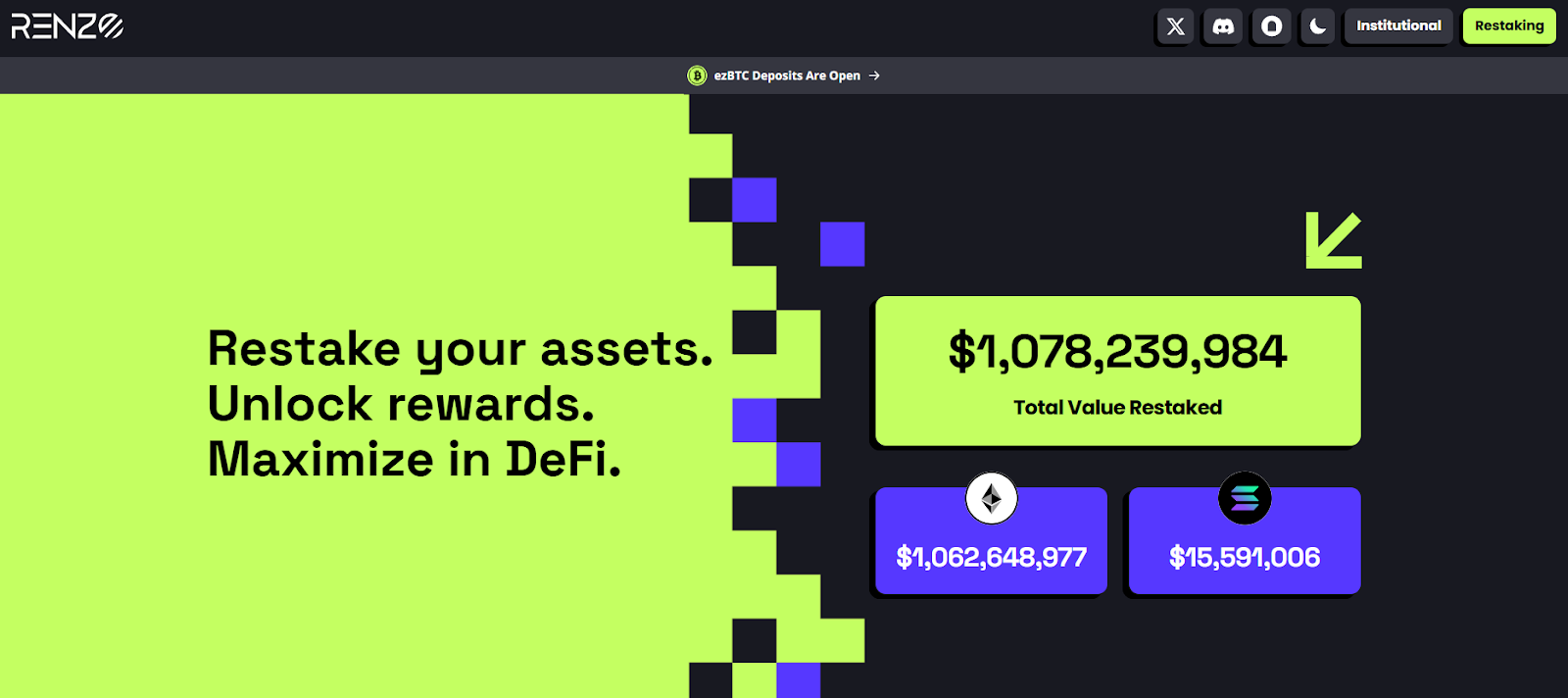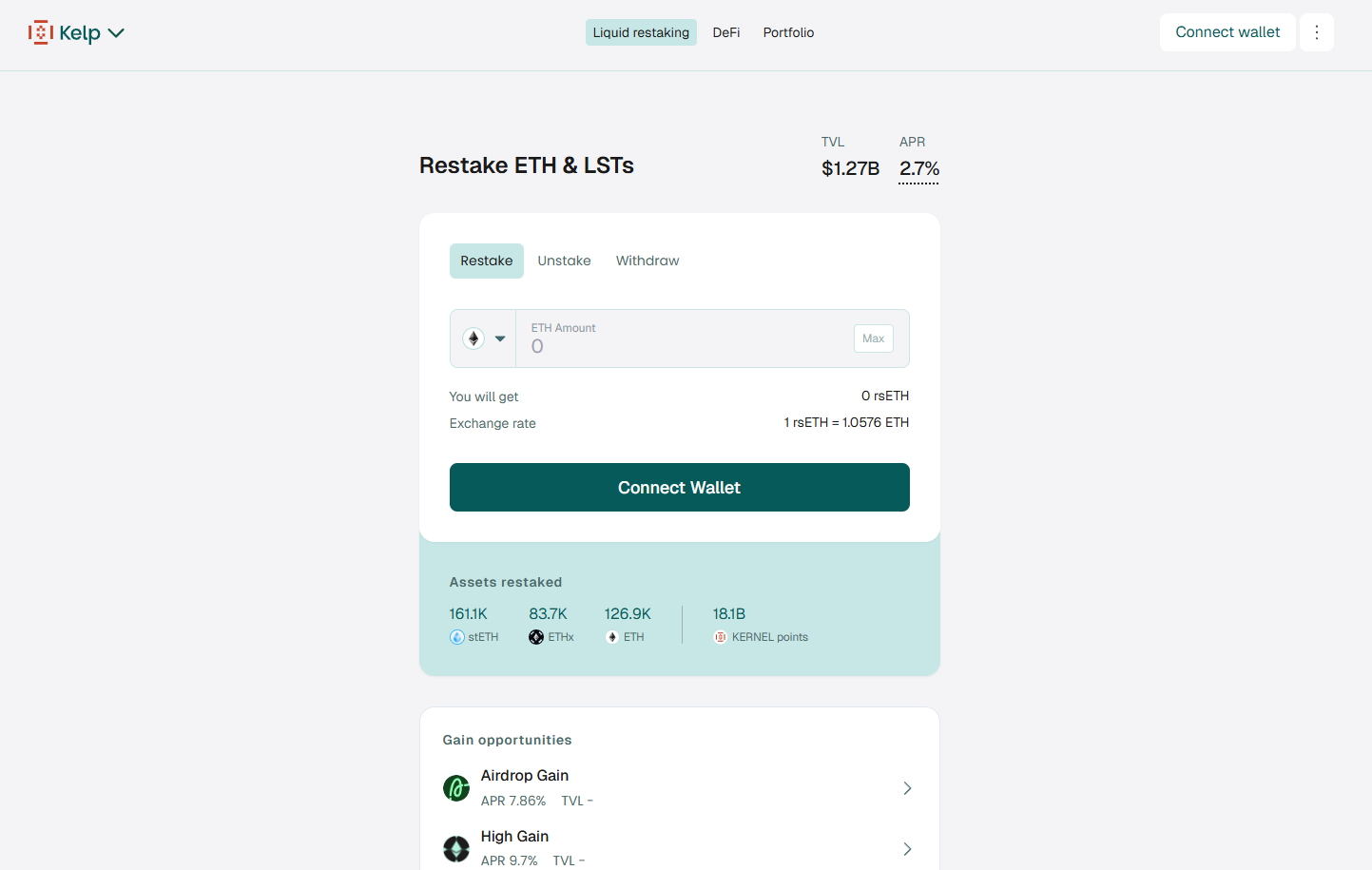
Portfolio Allocation Mastery: The Complete Guide to Diversification with Token Metrics Crypto Indices

Most investors understand that diversification matters—the famous "don't put all your eggs in one basket" principle. However, understanding diversification conceptually differs dramatically from implementing it effectively. Poor diversification strategies create illusions of safety while concentrating risk in hidden ways. True diversification requires sophisticated allocation across multiple dimensions simultaneously.
Token Metrics AI Indices provide professional-grade diversification tools, but maximizing their power requires strategic allocation decisions. How much total capital should you allocate to crypto? How should you split that allocation across different indices? How do you balance crypto with traditional assets? What role should conservative versus aggressive indices play?
This comprehensive guide explores portfolio allocation mastery, examining the principles of effective diversification, specific allocation frameworks for different investor profiles, tactical adjustments for changing conditions, and avoiding common diversification mistakes that undermine portfolio performance.
Understanding True Diversification: Beyond Token Count
Many investors believe diversification simply means holding many assets. True diversification requires deeper strategic thinking.
- The Correlation Principle: Diversification provides benefits only when assets don't move in lockstep. Holding ten tokens that all rise and fall together provides no more protection than one. Token Metrics addresses correlation through sector diversification (DeFi, Layer-1s, gaming, AI), market cap mixing (large, mid, small caps), geographic diversity across blockchain ecosystems, and use case variety spanning payments to applications.
- Systematic vs. Unsystematic Risk: Diversification eliminates unsystematic risk (individual token failures) but cannot eliminate systematic risk (overall market crashes). Understanding this prevents unrealistic expectations—diversification protects against individual failures but won't prevent declines during market-wide crashes.
- Risk-Adjusted Returns: Sophisticated investors focus on risk-adjusted returns rather than absolute returns. A portfolio returning 80% annually with 60% volatility may be inferior to one returning 60% with 30% volatility. The Sharpe ratio measures this—Token Metrics optimizes for superior Sharpe ratios through diversification.
The Total Portfolio Framework: Integrating Crypto with Traditional Assets
Crypto represents one component of comprehensive financial planning. Optimal allocation requires considering how crypto fits within total wealth.
Asset Class Allocation by Life Stage
Appropriate crypto allocation varies dramatically based on age, income stability, and financial obligations.
Ages 20-35 (Aggressive Accumulation Phase):
- Total Crypto Allocation: 15-30% of investment portfolio
- Remaining Allocation: 50-60% stocks, 10-15% bonds, 5-10% real estate/alternatives, 5-10% cash
- Rationale: Long time horizon allows recovering from crypto volatility while capturing maximum growth potential
Ages 35-50 (Balanced Growth Phase):
- Total Crypto Allocation: 10-20% of investment portfolio
- Remaining Allocation: 50-60% stocks, 15-20% bonds, 10-15% real estate/alternatives, 5-10% cash
- Rationale: Maintain growth exposure while gradually increasing stability as retirement approaches
Ages 50-65 (Pre-Retirement Transition):
- Total Crypto Allocation: 5-10% of investment portfolio
- Remaining Allocation: 40-50% stocks, 25-30% bonds, 10-15% real estate/alternatives, 10-15% cash
- Rationale: Preserve accumulated wealth while maintaining modest growth exposure
Ages 65+ (Retirement Distribution):
- Total Crypto Allocation: 3-5% of investment portfolio
- Remaining Allocation: 30-40% stocks, 30-40% bonds, 10-15% real estate/alternatives, 15-20% cash
- Rationale: Capital preservation with modest crypto exposure for continued growth and inflation protection
These frameworks provide starting points—adjust based on individual risk tolerance, wealth level, and financial obligations.
Emergency Funds and Liquidity Reserves
Never invest emergency funds or money needed within 3-5 years in cryptocurrency. Maintain 6-12 months of living expenses in high-yield savings accounts or money market funds completely separate from investment portfolios.
This liquidity buffer prevents forced selling during market crashes. Without adequate emergency reserves, unexpected expenses force liquidating crypto holdings at worst possible times—turning temporary paper losses into permanent realized losses.
Debt Considerations
High-interest debt (credit cards, personal loans above 8-10%) should be eliminated before aggressive crypto investing. The guaranteed "return" from eliminating 18% credit card interest exceeds expected crypto returns on risk-adjusted basis.
However, low-interest debt (mortgages below 4-5%) can coexist with crypto investing—no need to delay investing until mortgage-free. The opportunity cost of waiting decades to invest exceeds the modest interest savings from accelerated mortgage payments.
Allocating Within Crypto: Index Selection Strategy
Once you've determined total crypto allocation, the next decision involves distributing that allocation across Token Metrics' various indices.
The Three-Tier Index Framework
Structure crypto allocation across three risk tiers creating balanced exposure:
Conservative Tier (40-50% of crypto allocation):
Conservative indices emphasizing Bitcoin, Ethereum, and fundamentally strong large-cap tokens. This tier provides stability and reliable exposure to crypto's overall growth while limiting volatility.
Suitable indices: Bitcoin-weighted indices, large-cap indices, blue-chip crypto indices
Balanced Tier (30-40% of crypto allocation):
Balanced indices combining established tokens with growth-oriented mid-caps. This tier balances stability and growth potential through strategic diversification.
Suitable indices: Diversified market indices, multi-sector indices, smart contract platform indices
Aggressive Tier (20-30% of crypto allocation):
Aggressive growth indices targeting smaller-cap tokens with highest upside potential. This tier drives outperformance during bull markets while limited position sizing contains downside risk.
Suitable indices: Small-cap growth indices, sector-specific indices (DeFi, gaming, AI), emerging ecosystem indices
Sector Rotation Within Allocation
Different crypto sectors outperform during different market phases. Tactical sector rotation within your allocation captures these rotations:
- Early Bull Market: Layer-1 platforms and infrastructure tokens typically lead as smart money accumulates fundamentally strong projects at relative discounts.
- Mid Bull Market: DeFi and application layer tokens often outperform as adoption accelerates and user activity increases across protocols.
- Late Bull Market: Speculative sectors like memecoins and high-risk projects experience explosive growth as retail FOMO peaks and risk appetite maximizes.
- Bear Market: Bitcoin and large-cap "blue chip" tokens typically show relative strength, declining less than smaller alternatives.
Token Metrics indices provide sector-specific options allowing tactical overweighting of sectors positioned for outperformance while maintaining diversified core holdings.
Geographic and Ecosystem Diversity
Blockchain ecosystems exhibit different characteristics and growth trajectories. Diversifying across multiple ecosystems prevents concentration in single platform risk:
- Ethereum Ecosystem: Largest DeFi infrastructure, most developers, highest liquidity
- Solana Ecosystem: High performance, growing DeFi and NFT activity
- Binance Smart Chain: Low costs, high retail adoption in certain markets
- Polygon and Layer-2s: Scaling solutions with growing adoption
- Alternative Layer-1s: Avalanche, Cardano, Polkadot offering different technical approaches
Token Metrics indices spanning multiple ecosystems provide automatic geographic and platform diversification preventing single-ecosystem concentration risk.
Rebalancing Strategies: Maintaining Optimal Allocation
Markets move constantly, causing allocations to drift from targets. Systematic rebalancing maintains desired risk exposure and forces beneficial "buy low, sell high" discipline.
Calendar-Based Rebalancing
The simplest approach rebalances on fixed schedules regardless of market conditions:
- Quarterly Rebalancing: Review and adjust allocations every three months
- Semi-Annual Rebalancing: Rebalance twice yearly for lower-maintenance approach
- Annual Rebalancing: Minimal maintenance with once-yearly adjustments
More frequent rebalancing captures opportunities faster but triggers more taxable events in non-retirement accounts. Less frequent rebalancing reduces trading costs but allows greater allocation drift.
Threshold-Based Rebalancing
More sophisticated approaches rebalance when allocations drift beyond predetermined thresholds:
- Rebalance when any index exceeds target allocation by 25% (e.g., 10% target allocation reaching 12.5%)
- Rebalance when total crypto allocation exceeds target by 30% (e.g., 15% target reaching 19.5%)
- Rebalance when conservative/aggressive balance shifts more than 15% from target
Threshold rebalancing responds to actual market movements rather than arbitrary calendar dates, potentially improving timing while reducing unnecessary transactions.
Tax-Optimized Rebalancing
In taxable accounts, coordinate rebalancing with tax considerations:
- Prioritize rebalancing in retirement accounts where transactions don't trigger taxes
- Use new contributions to rebalance in taxable accounts rather than selling appreciated positions
- Harvest tax losses during rebalancing by selling positions at losses to offset gains
- Delay rebalancing appreciated positions until qualifying for long-term capital gains treatment
This tax awareness preserves more wealth for compounding rather than sending it to tax authorities.
Risk Management: Position Sizing and Stop-Loss Philosophies
Effective diversification includes position sizing rules preventing excessive concentration even within diversified portfolios.
Maximum Position Limits
Establish maximum position sizes preventing any single index from dominating:
- No single index exceeding 30% of total crypto allocation
- No single sector exceeding 40% of total crypto allocation
- Aggressive/speculative indices collectively capped at 30% of crypto allocation
- Conservative indices minimum 40% of crypto allocation
These guardrails maintain diversification even when particular indices perform extremely well, preventing overconfidence from creating dangerous concentration.
Strategic Loss Limitations
While crypto indices should be held long-term through volatility, establish strategic loss limits for total crypto allocation relative to overall portfolio:
- If crypto allocation declines to represent less than 50% of target allocation, consider adding capital opportunistically
- If crypto allocation grows to exceed 200% of target allocation, take systematic profits rebalancing back toward target
- Never allow crypto losses to exceed 10% of total net worth regardless of initial allocation
These strategic boundaries prevent crypto volatility from creating portfolio-level instability while maintaining beneficial long-term exposure.
Common Allocation Mistakes That Destroy Returns
- False Diversification Through Correlated Assets: Five Layer-1 tokens or multiple overlapping DeFi indices create illusion without meaningful risk reduction. Analyze correlation ensuring genuine sector, market cap, and use case differences.
- Over-Diversification Creating "Diworsification": Beyond 5-7 carefully selected indices, additional diversification provides diminishing returns while increasing complexity. Focus on 3-5 core indices providing genuine diversification.
- Abandoning Allocation During Extremes: The most valuable time to maintain target allocation is when it feels most difficult—severe bear markets or euphoric bull markets. Automate rebalancing through predetermined rules.
- Ignoring Total Portfolio Context: A 20% crypto allocation might be appropriate with stable income and emergency funds—but reckless with debt and no savings. Evaluate crypto within total financial context.
- Static Allocations Never Adjusting: Life circumstances change—income, families, risk tolerance, retirement proximity. Review allocation every 2-3 years and after major life events.
Advanced Allocation Strategies for Sophisticated Investors
Beyond basic frameworks, advanced strategies optimize allocation for specific goals and market conditions.
Barbell Strategy
The barbell approach combines extremely conservative and extremely aggressive positions while avoiding middle ground:
- 60% in ultra-conservative Bitcoin and Ethereum-focused indices
- 40% in highly aggressive small-cap and emerging sector indices
- 0% in moderate/balanced middle-ground indices
This approach provides downside protection through conservative core while capturing maximum upside through concentrated aggressive positions—potentially delivering superior risk-adjusted returns versus balanced approaches.
Core-Satellite with Tactical Overlay
Maintain stable core allocation (70% of crypto) in diversified indices while using tactical satellite positions (30%) rotated based on market conditions and opportunities:
- Core 70% remains constant regardless of market conditions
- Tactical 30% rotates between sectors showing relative strength or undervaluation
- Rebalance tactical allocation monthly based on momentum, sentiment, and fundamental factors
This approach combines buy-and-hold stability with active opportunity capture.
Risk Parity Allocation
Rather than allocating by dollar amounts, allocate by risk contribution ensuring each index contributes equally to portfolio volatility:
- Conservative low-volatility indices receive larger dollar allocations
- Aggressive high-volatility indices receive smaller dollar allocations
- Each position contributes approximately equal volatility to total portfolio
This sophisticated approach prevents high-volatility positions from dominating portfolio risk even with modest dollar allocations.
Conclusion: Allocation Excellence Creates Lasting Success
Portfolio allocation represents the most important investment decision you'll make—far more impactful than individual token selection or market timing. Academic research consistently shows asset allocation determines 90%+ of portfolio performance variation, while security selection and timing contribute only marginally.
Token Metrics provides world-class indices, but your allocation strategy determines whether you capture their full potential or undermine them through poor diversification. The frameworks presented here offer starting points—adapt them to your specific situation, risk tolerance, and financial goals.
Remember that optimal allocation isn't static—it evolves with life stages, market conditions, and financial circumstances. Regular review and adjustment keeps strategies aligned with current reality rather than outdated assumptions.
The investors who build lasting wealth aren't those who find magical assets or perfect timing—they're those who implement sound allocation strategies and maintain them through all market conditions. This discipline, more than any other factor, separates successful wealth builders from those whose portfolios underperform despite choosing quality investments.
Begin implementing strategic allocation today. Start with appropriate total crypto allocation for your life stage, distribute across conservative, balanced, and aggressive indices providing genuine diversification, and establish rebalancing discipline maintaining target exposures through market volatility.
Your allocation strategy, properly implemented, will compound into extraordinary wealth over decades. Token Metrics provides the tools—your allocation decisions determine the results.
Start your 7-day free trial today and begin building the optimally allocated portfolio that will drive your financial success for decades to come.

.svg)

Create Your Free Token Metrics Account

.png)




%201.svg)
%201.svg)


%201.svg)
























.svg)




.png)